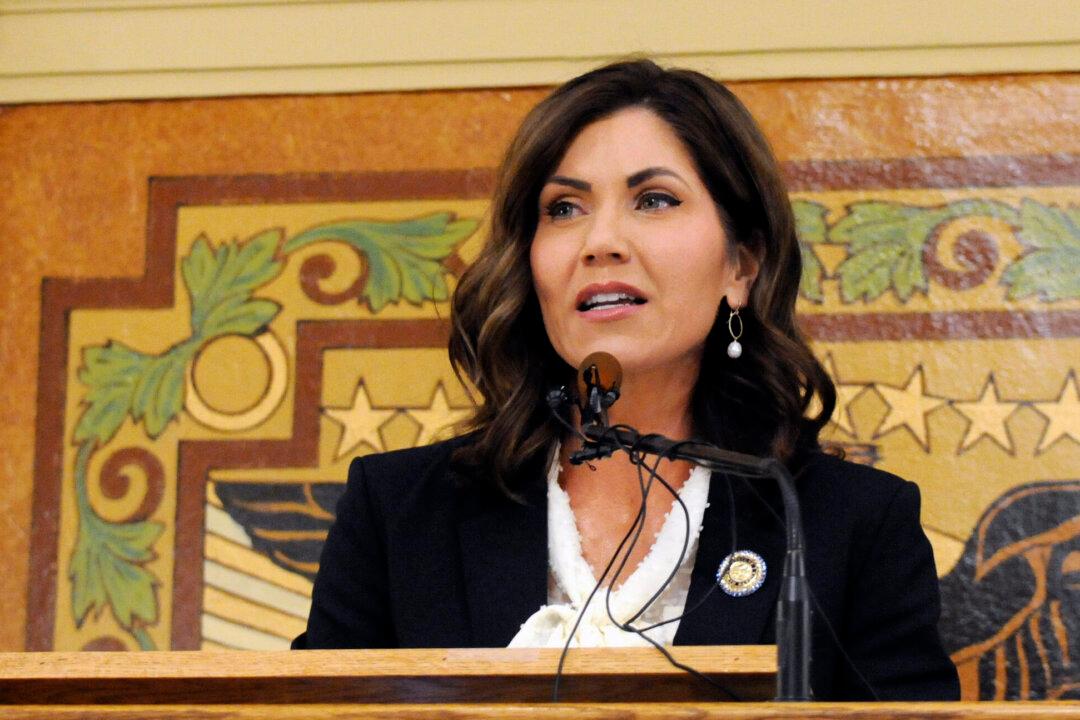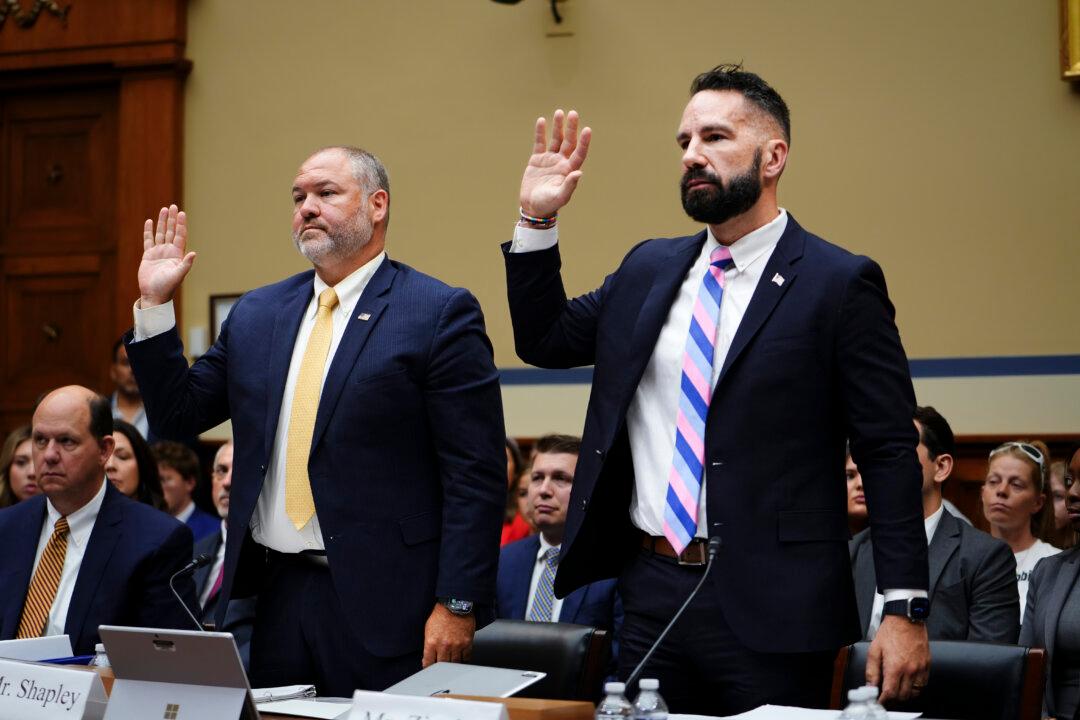States with the least restrictions on their citizens’ movements and businesses due to the CCP virus have the lowest death rates on average from the pandemic that prompted a national lockdown beginning in mid-March, according to a new study.
Conversely, the most restrictive states show higher death rates on average from the disease known as COVID-19, which originated in late 2019 in China.





